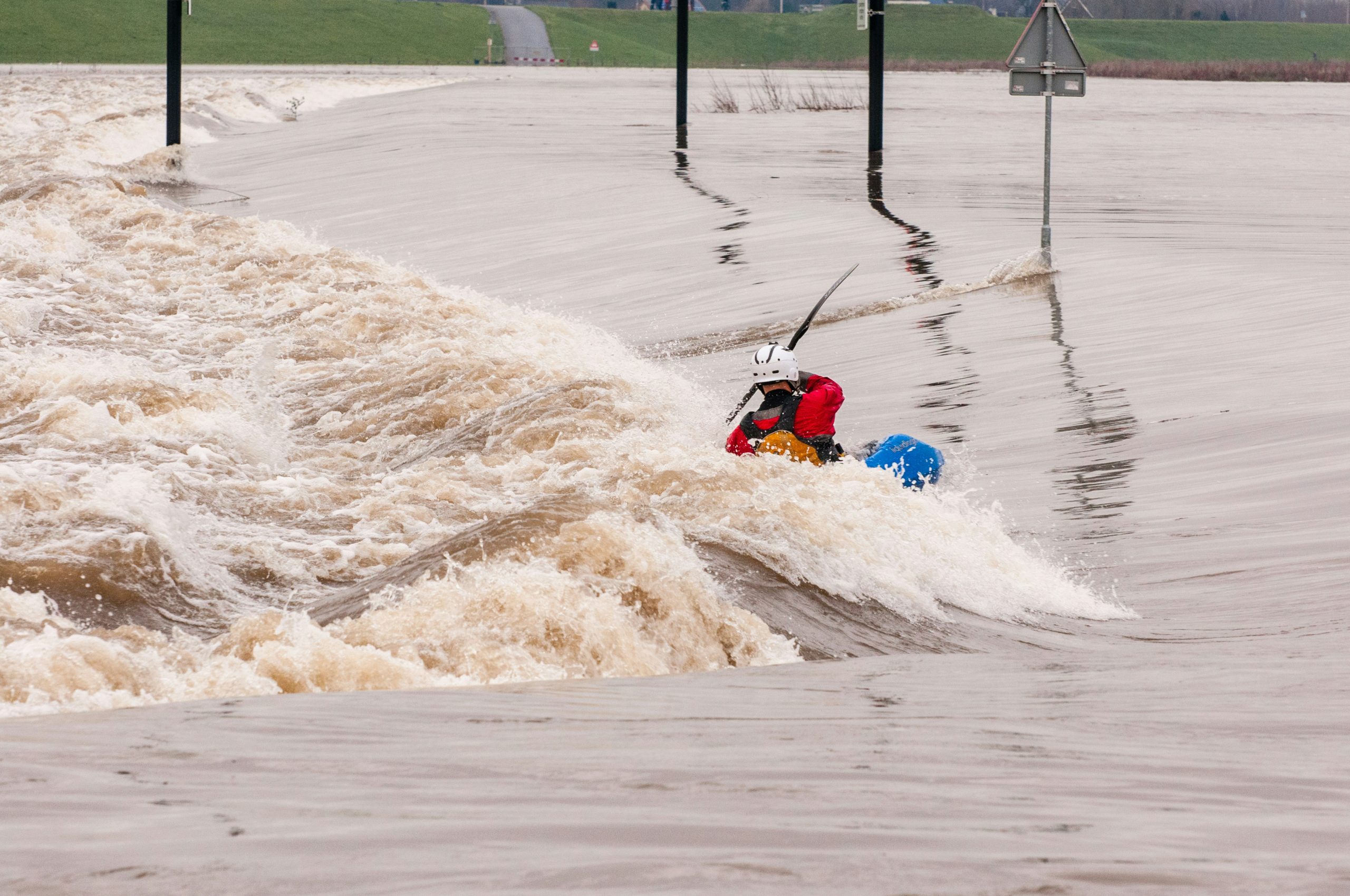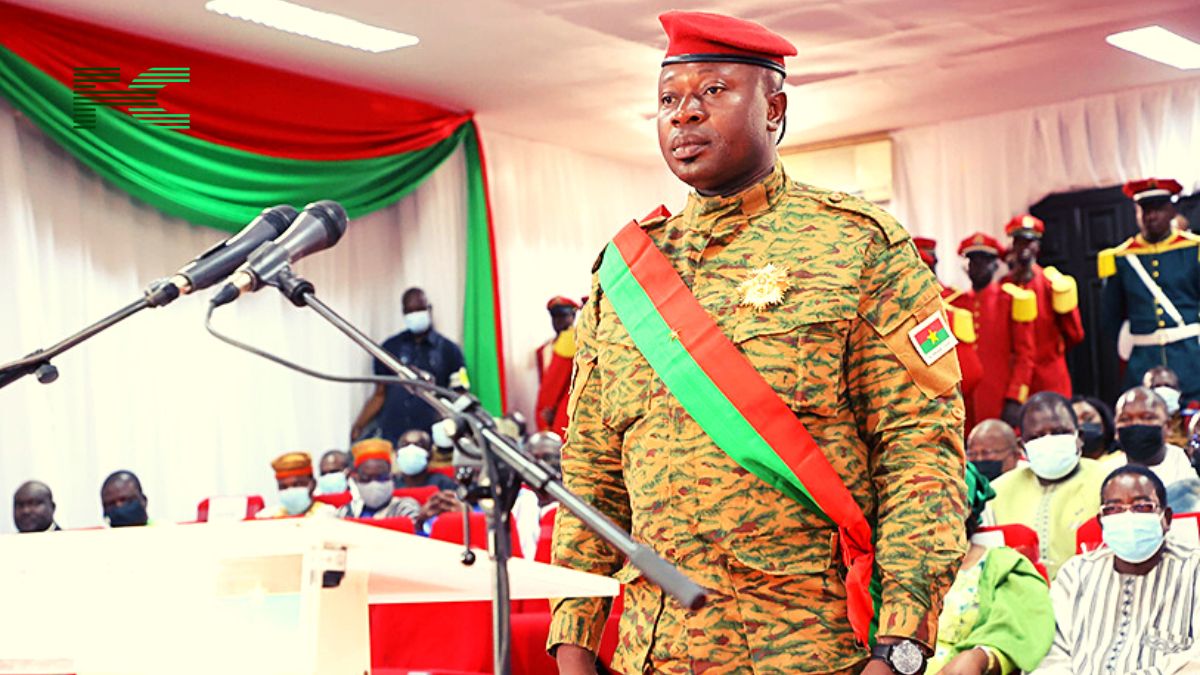Pakistan’s northwestern region faces unprecedented devastation as torrential monsoon rains have claimed over 300 lives in just 48 hours, according to the Provincial Disaster Management Authority.
The remote mountainous areas of Khyber Pakhtunkhwa bore the brunt of the disaster, with cloudbursts triggering flash floods that swept away entire villages while landslides buried homes under tons of debris. The death toll continues to rise as rescue teams comb through destroyed communities, with neighboring India and Nepal also reporting severe flood-related incidents.
Buner district, north of Islamabad, has become the epicenter of the catastrophe with 184 confirmed fatalities, more numbers than half the national total. A sudden cloudburst early Friday created a deadly torrent that cascaded down mountain slopes, giving villagers no time to escape.
“There was no time for anyone to react,” said Bilal Faizi, spokesperson for Pakistan’s 1122 rescue service, as teams worked to recover bodies from collapsed homes across the district.

Survivors Narrate Horror as Floodwaters Destroy Everything
In Bajaur near the Afghan border, 42-year-old Saeedullah awoke to find his home struck by lightning and engulfed in flames before floodwaters finished the destruction. He buried his wife and five children after neighbors helped recover their bodies from the rubble.
“There is destruction everywhere, piles of rubble,” the grieving father told reporters. Similar stories emerged from Beshonrai village where Zahid Hussain, 62, watched floodwaters swallow his home minutes after warning his family to flee—his quick thinking saving them but leaving more than 60 neighbors dead or missing.
How Climate Change and Poor Planning Worsened the Disaster Impact
Pakistan’s chief meteorologist Zaheer Babar confirmed this year’s monsoon has brought unprecedented rainfall intensity to mountain regions, with climate change increasing the frequency of extreme weather events. The crisis has been exacerbated by unchecked construction along waterways and garbage-clogged drainage systems that prevent proper water dispersal. “People in valleys had no warning before the wall of water hit,” Babar explained, noting how mountain rainfall transforms into deadly flash floods downstream.
The disaster response also suffered a tragic blow when a military rescue helicopter crashed in bad weather, killing all five crew members. Despite the risks, civilian and military teams continue search operations across affected regions.
Deputy Prime Minister Ishaq Dar confirmed emergency medical camps and food distribution centers are being established while Prime Minister Shehbaz Sharif chairs crisis meetings.
As at the time of filing this report, the provincial Chief Secretary Shahab Ali Shah has deployed assessment teams to coordinate relief efforts in the hardest-hit areas.









